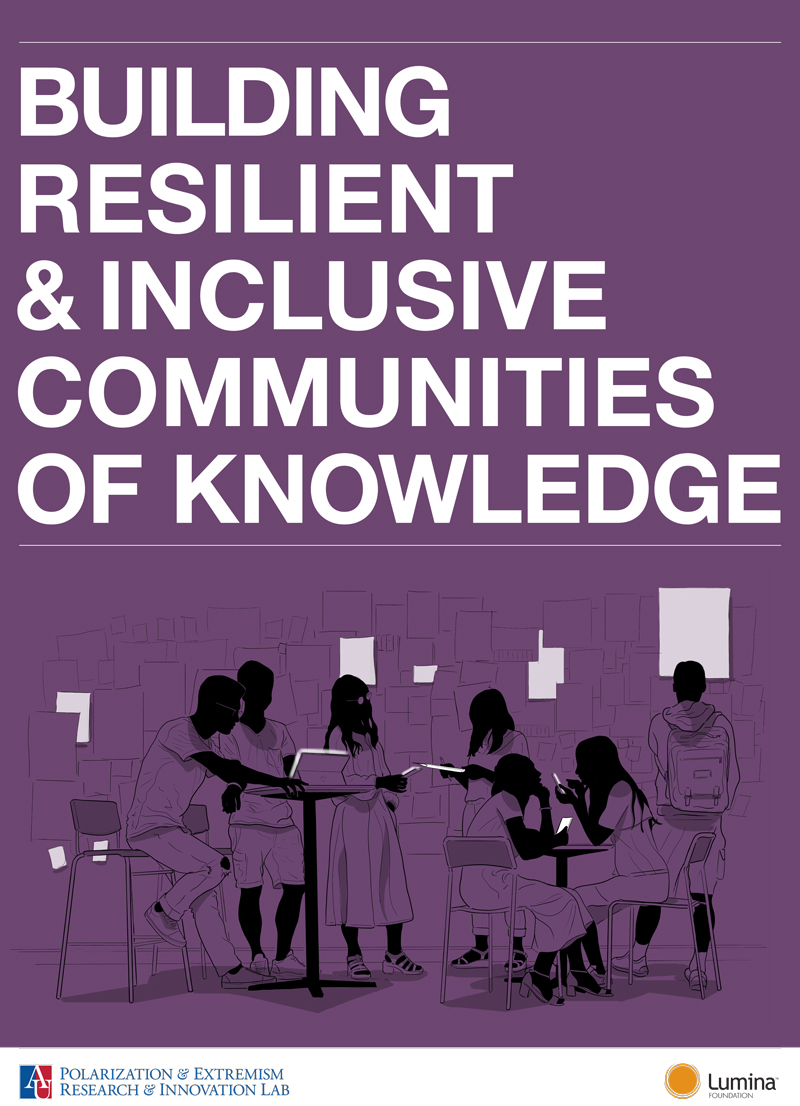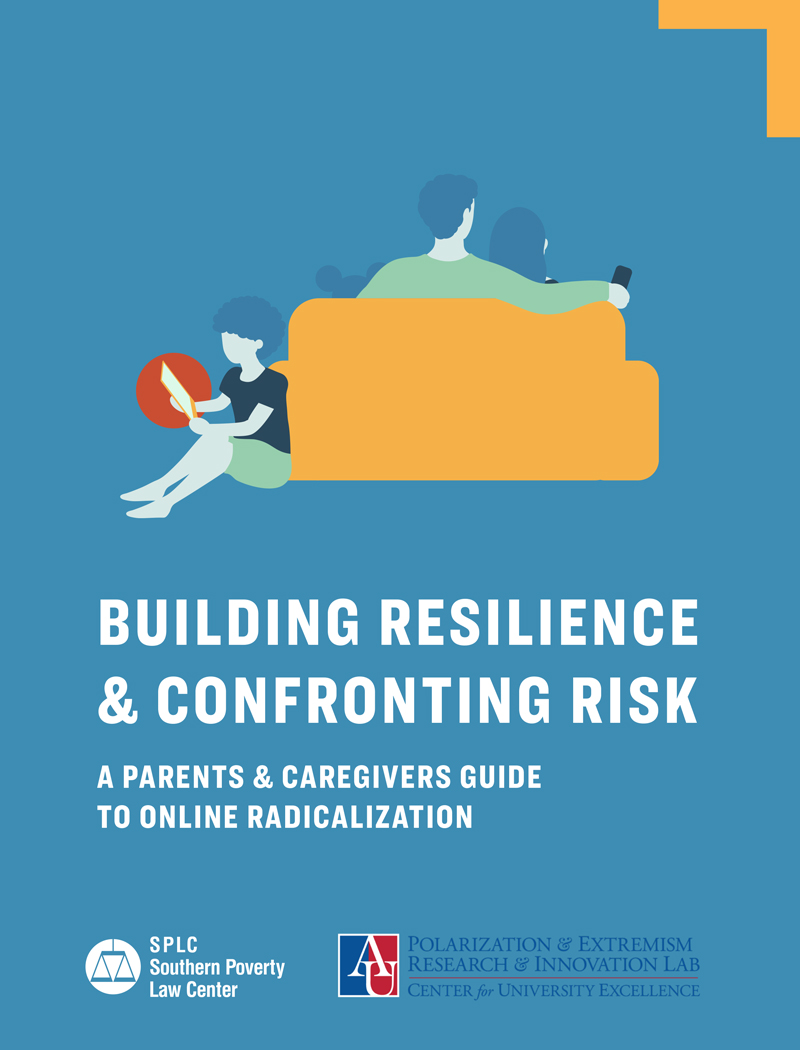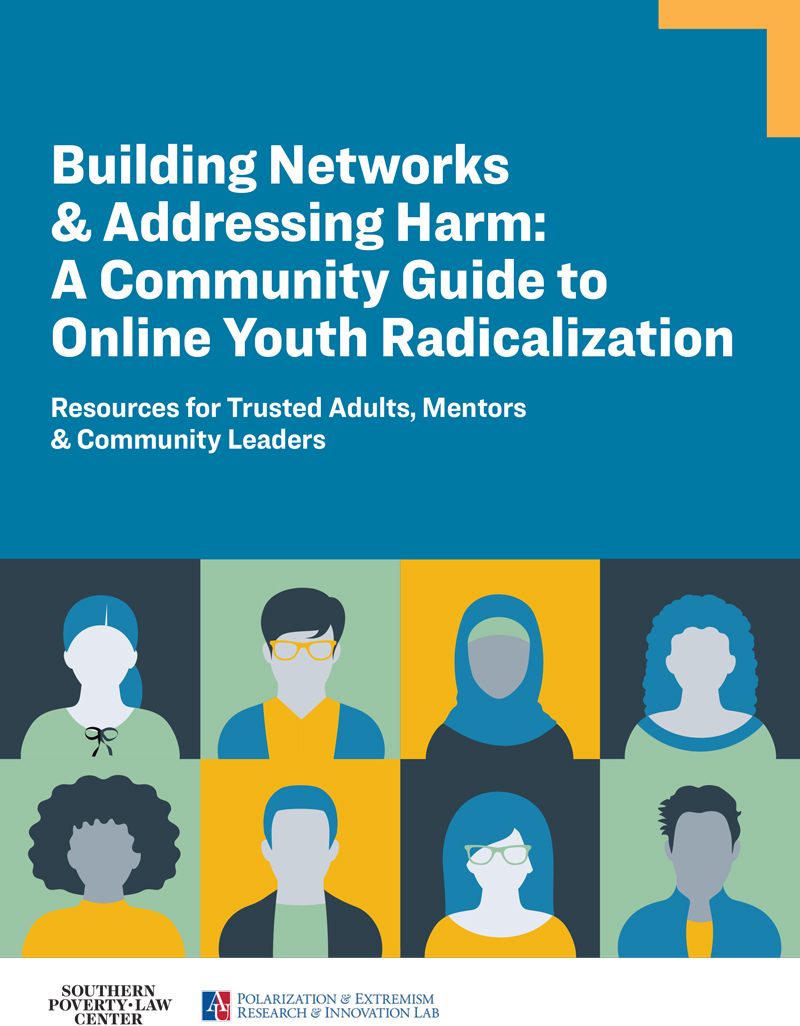Donate to local support funds for victims of hate and terrorism to offset costs of wage loss, legal fees, medical bills, repair to homes or businesses, and more.
Report hate, harassment, and violence to advocacy groups who track and monitor instances, to school authorities, or managers and employers. Create a record.
Support individuals whose communities are reeling from recent attacks or surges in online hate. Empathetic, emotional connections can go a long way toward making people feel seen, supported, and safe.
Speak up in your own community to support individuals whose identities are under threat. Advocate for inclusive policies and practices.
Listen to what survivors, victims, and members of targeted groups say they need from their schools, workplaces, neighbors, and communities– and respond to those needs.


